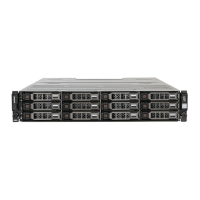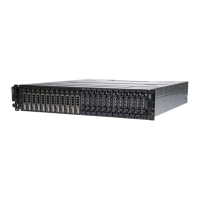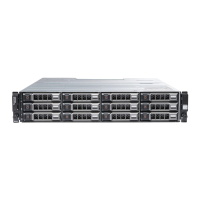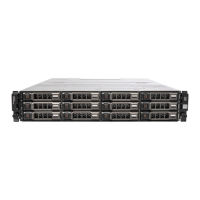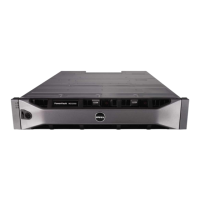8
Hardware Cabling Best Practices
Handling Static-Sensitive Components
Static electricity can damage memory modules, system boards, and other static-sensitive components.
To prevent damaging the system, follow these precautions:
• Move and store all components in the static-protective packaging.
• Place components on a grounded surface before removing them from their static-protective
packaging.
• Grounded surfaces include static-dissipating mats or grounded workstations.
• Always be properly grounded when touching a static-sensitive component. To properly ground
yourself, wear a wrist strap or boot strap made for this purpose.
• Handle the component by its edges. Do not touch solder joints, pins, or printed circuitry.
• Use conductive field service tools.
Host Cabling for Remote Replication
The Remote Replication premium feature provides online, real-time replication of data between storage
arrays over a remote distance. In the event of a disaster or a catastrophic failure at one storage array, a
second storage array can be promoted to take over responsibility for computing services. The Remote
Replication premium feature requires a dedicated host port for replicating data between storage arrays.
After the Remote Replication premium feature has been activated, one host I/O port on each RAID
controller module is solely dedicated to replicating operations.
NOTE: If Remote Replication is activated, host port 3 on each RAID controller module is dedicated
for the communication that occurs between the two storage arrays (primary and secondary virtual
disks). If the Remote Replication premium feature is not being used, these host ports are available
for ordinary host connections.
Cabling for Performance
Data transfer performance is enhanced by maximizing bandwidth, which is the ability to process more
I/O across more channels. Therefore, a configuration that maximizes the number of host channels and
the number of drive channels available to process I/O maximizes performance. Faster processing speeds
also maximize performance.
In addition to planning a topology that provides maximum performance, choose a RAID level that suits
the planned applications.
33

